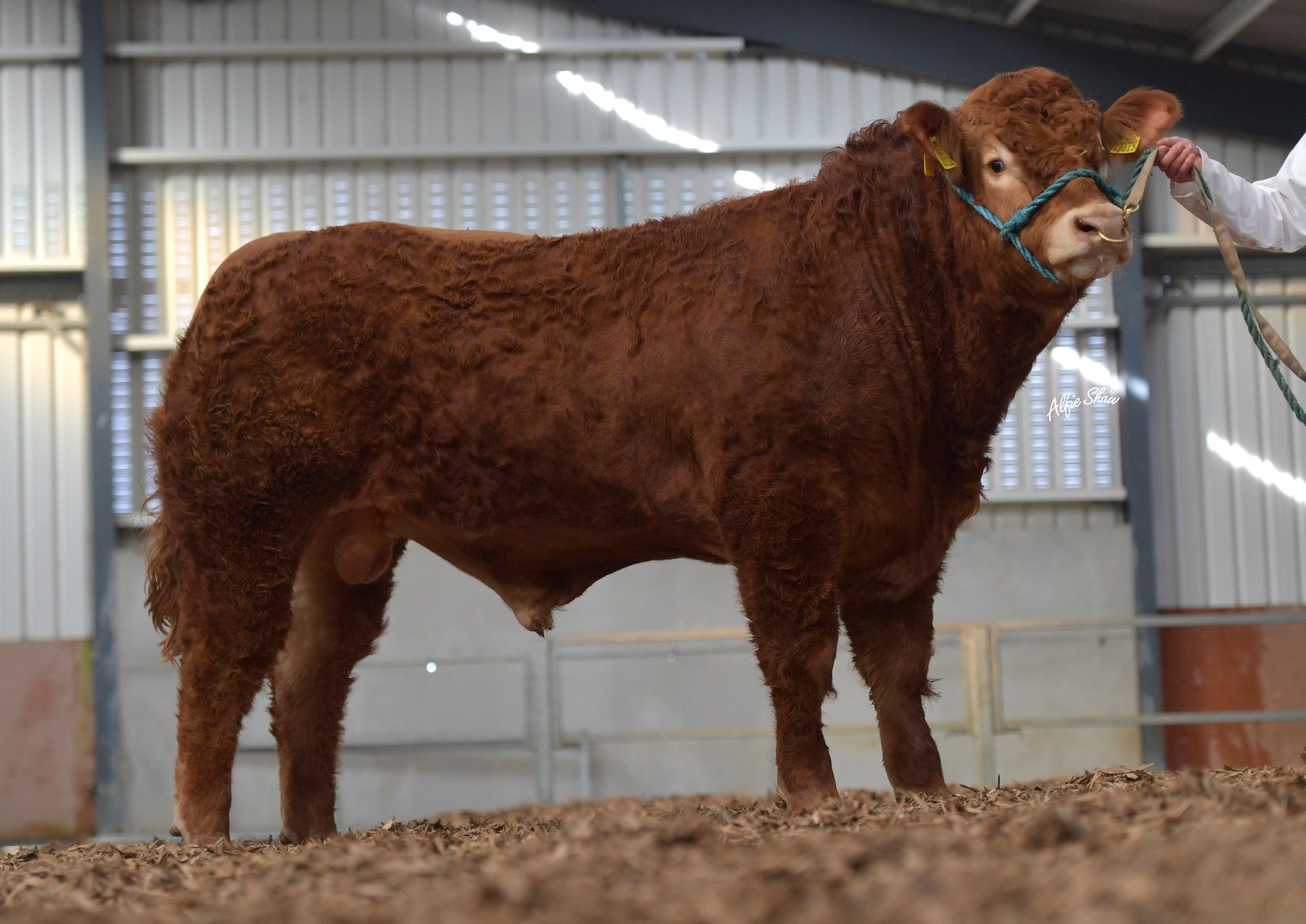

PLoS Negl Trop Dis 12(3):Įditor: Waleed Saleh Al-Salem, Saudi Ministry of Health, SAUDI ARABIA (2018) The seasonal influence of climate and environment on yellow fever transmission across Africa. Not only this, but the methods described here could be applied to other Aedes-borne diseases and as such provide a useful tool in understanding, and combatting, several other important diseases such as dengue and zika.Ĭitation: Hamlet A, Jean K, Perea W, Yactayo S, Biey J, Van Kerkhove M, et al. In turn this would help maximise their impact, especially vital with limited resources, and could contribute to lessening the risk of large scale outbreaks. We believe this quantification of seasonality could lead to more precise applications of vaccination campaigns and vector-control programmes. Here we describe a novel way of parameterising the effect of temperature on YFV transmission and implement statistical models to predict both the geographic and temporal heterogeneities in transmissions, while demonstrating their robustness in comparison to models simply predicting geographic distribution.

The importance of sufficient vaccination, made difficult by a global shortage, has been highlighted by recent large scale, devastating, outbreaks in Angola, the Democratic Republic of the Congo and Brazil. YFV is a flavivirus transmitted, within Africa, primarily by Aedes spp where it causes an estimated 78,000 deaths a year despite the presence of a safe and effective vaccine. In this article, we describe the development of a model to quantify the seasonal dynamics of yellow fever virus (YFV) transmission across Africa. The interaction between temperature suitability and rainfall accounted for much of the occurrence of YF, which offers a statistical explanation for the spatio-temporal variability in transmission.

The seasonal model accurately captured both the geographic and temporal heterogeneities in YF transmission (AUC = 0.81), and did not perform significantly worse than the annual model which only captured the geographic distribution. Model fit was assessed by the Area Under the Curve (AUC), and models were ranked by Akaike’s Information Criterion which was used to weight model outputs to create combined model predictions.
#THE PERSISTENCE OF YELLOW SERIES#
We then fitted a series of multilevel logistic regression models to a dataset of YF reports across Africa, considering location and seasonality of occurrence for seasonal models, against the temperature suitability index, rainfall and the Enhanced Vegetation Index (EVI) as covariates alongside further demographic indicators. It is encouragement to stir together the possibilities of the moment and create something bright, wonderful, and true.We constructed a temperature suitability index for YFV transmission, capturing the temperature dependence of mosquito behaviour and viral replication within the mosquito. And just like a treasured book of family recipes, it’s your companion in finding that place where endless inspiration and serendipity come together as the right ingredients for life.\nCombining artful, vibrant illustrations with rich, poetic vignettes, The Persistence Of Yellow is a colourful collection of wisdom for a woman’s heart. ],"description": "\nThis is a book about a place that exists in each of our hearts.\nIt is a recipe book for the soul.


 0 kommentar(er)
0 kommentar(er)
